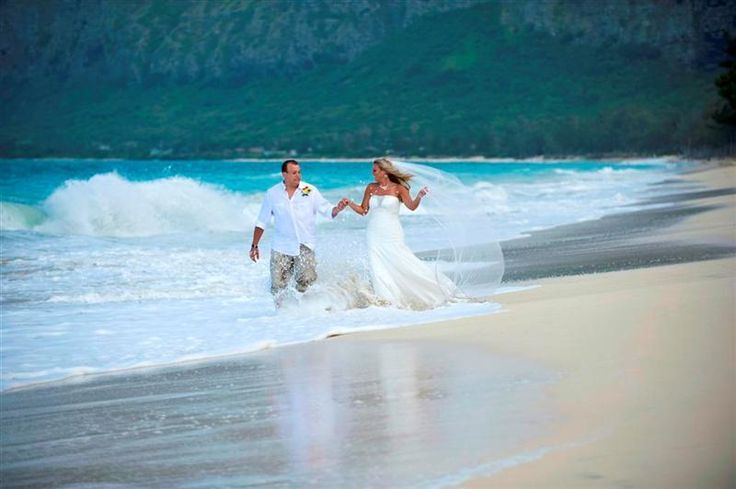KAHANA BAY BEACH Park
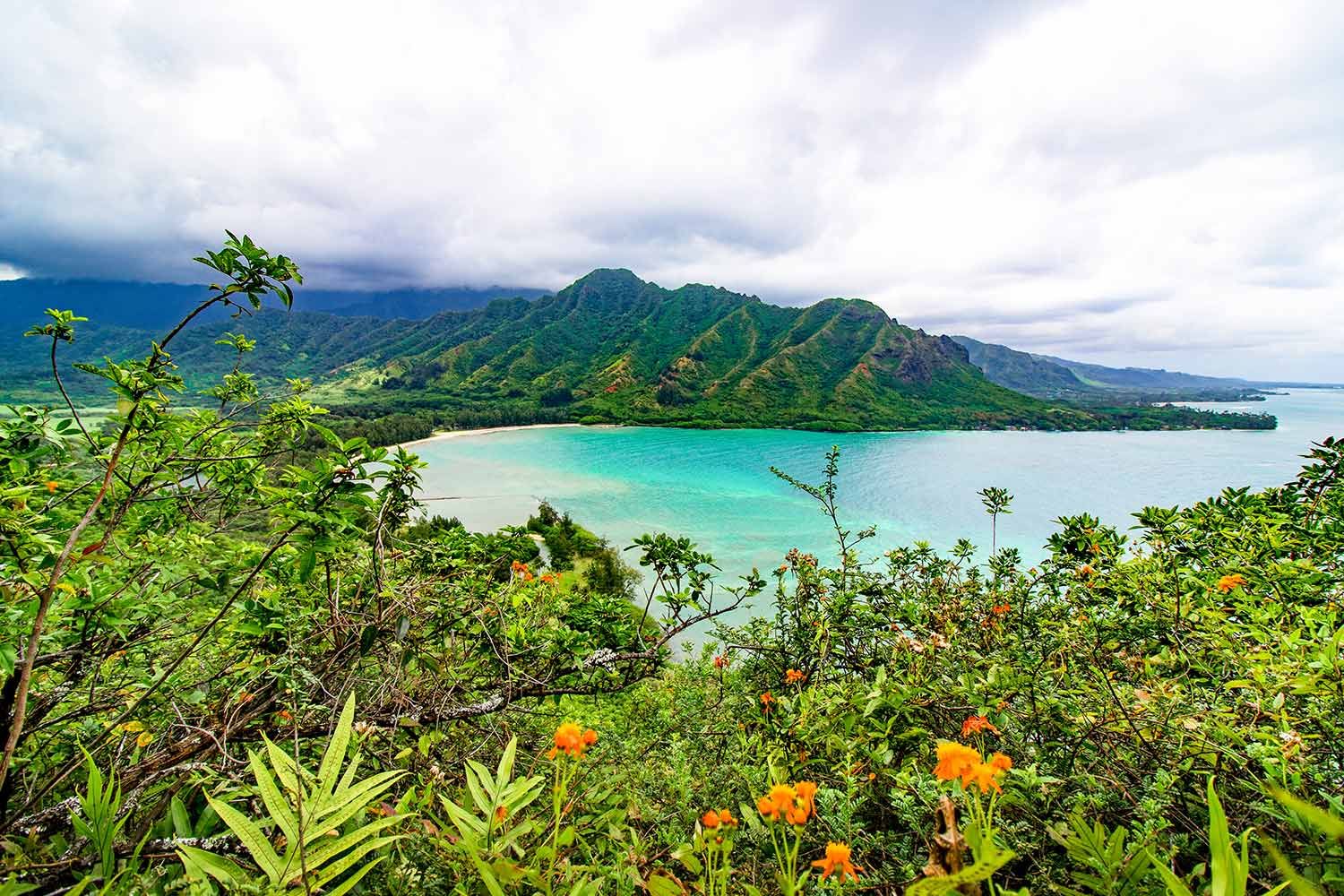
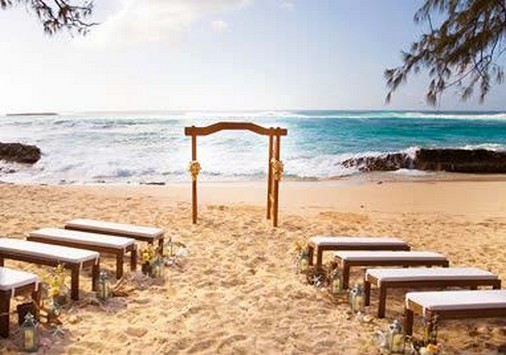
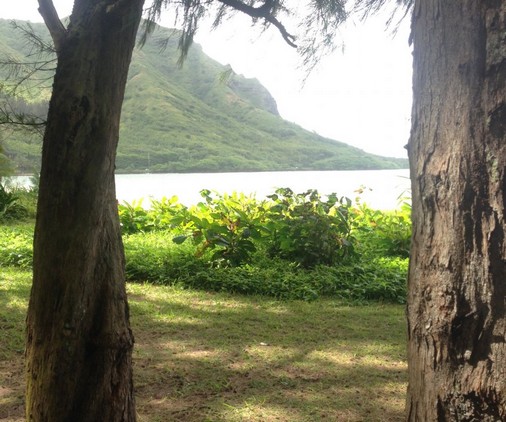
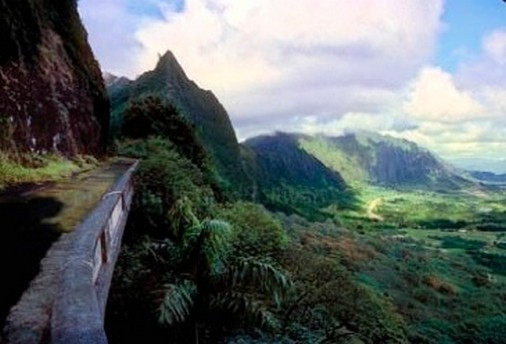
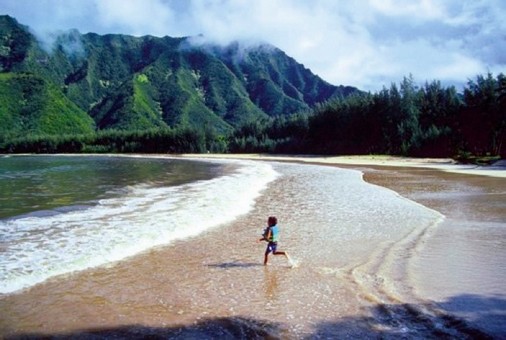
Kahana Bay Beach Park is located in the Kaneohe area on the east side of O'ahu across from the Ahupua'a O Kahana State Park and at the base of the
Ko'olau Mountains. Kahana Bay is a half moon shaped cove, that is well
protected from the open ocean. It's probably one of the best protected coves
on the Windward side.
It's a sand bottomed beach that has most of the things you're looking for when
searching for that special spot to getaway in Hawaii - peaceful, few people,
beautiful sandy beach, good swimming, snorkeling, paddle boarding, etc. On
the north side, up the road from the campground, is a dock and small parking
lot that is nice spot to drop a fishing line. It's also a great spot to take a picture
of the bay.
Located on Oahu’s beautiful windward coast between Laie and Kaneohe is
Kahana Bay Beach Park, and unspoiled gem worthy of a little attention every
once in awhile. Kahana Bay Beach is as remote as it gets on Oahu. Located
within Ahupua’a O Kahana State Park, formerly known as Kahana Valley State
Park off of Kamehameha Highway, this stunning stretch of sand is often
overlooked for more accessible - and less remote - spots on the island.
However, it is an absolute natural oasis for anyone who wants to get away from
the crowds of Waikiki and Kailua Beaches. On a weekday - or even an
overcast Saturday - you might come in contact with only a handful of other
beachgoers.
Did we mention that this Hawaii beach is positively jaw-dropping? The beach
is easily one of Oahu’s best-kept secrets. Surrounded on three sides by the
stunning Ko'olau Mountains, this stretch of sand is backed by ironwood trees
and you will find an ancient Hawaiian fishpond on the south side of the bay.
The beach and surrounding valley is historically significant.
Prior to Western contact, the Kahana Valley was home to a strong community,
with access to fresh water, abundant seafood, and even a stable supply of taro
grown in fields with advanced irrigation technology.
In the 1800s, the community fell into decline due to foreign diseases,
sugarcane cultivation, and later the military’s use of the valley as a jungle
warfare training center during World War II. The land has since become a living
state park; the land is home to 31 families who assist with interpretive
programs that share the Hawaiian values and lifestyle.
The crystalline, sparkling water as contrasted with fine white sand, crescentshaped
shoreline, and lush, emerald green mountains is truly a spectacular
sight.
Kahana was a thriving fishing and farming community prior to Western contact.
Those living in Kahana had an abundance of fresh water and fertile soil on the
valley floor to cultivate kalo (taro), the staple crop. The lo.i (ponded fields of
kalo) were irrigated by .auwai (ditches) that diverted water from the streams to
the fields. Kahana Bay provided a wealth of fish and shellfish.
In the 19th Century, following the unification of the Hawaiian Islands by
Kamehameha I, the population rapidly declined as a result of Western contact
and the introduction of foreign diseases. Sugar cane cultivation and the use of
the valley as a WWII jungle warfare training site, have altered the natural and
cultural environment of Kahana.
THE LIVING PARK The primary purpose of this park is to nurture and foster
native Hawaiian cultural traditions and the cultural landscape of rural windward
O'ahu.
